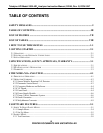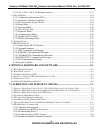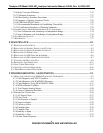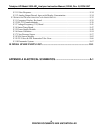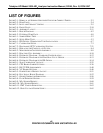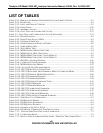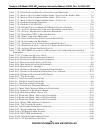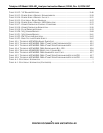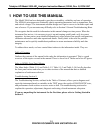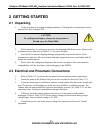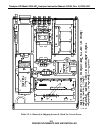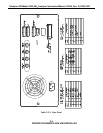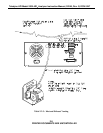
Teledyne API Model 200A NO
X
Analyzer Instruction Manual, 02246, Rev. G, DCN 5247
1 HOW TO USE THIS MANUAL
The Model 200A has been designed to provide serviceability, reliability and ease of operation.
The M200A's microprocessor continually checks operating parameters such as temperatue, flow,
and critical voltages. The instruments modular design uses captive screws to facilitate repair and
ease of access. If you encounter any difficulty refer to Section 9 General Troubleshooting Hints.
We recognize that the need for information in this manual changes as time passes. When the
instrument first arrives, it is necessary to get it up and running quickly and verify its correct
operation. As time passes, more detailed information is often required on special configurations,
calibration alternatives and other operational details. Finally there is the need for periodic
maintenance and to quickly troubleshoot problems to assure maximum reliability and data
integrity.
To address these needs, we have created three indexes to the information inside. They are:
Table of Contents:
Outlines the contents of the manual in the order the information is presented. This is a good
overview of the topics covered in the manual. There is also a list of Tables and a list of Figures.
Index to M200A Front Panel Menus:
The Menu Index (Table 5-5-1 and Table 5-5-2, Table 5-5-3 and Table 5-5-4) briefly describes
the front panel menus and refers you to other sections of the manual that have a detailed
explanation of each menu selection.
Troubleshooting Section 9:
The Troubleshooting Section, outlined in the Table of Contents, allows you to diagnose and
repair the instrument based on variables in the TEST menu, the results of DIAGNOSTIC tests,
and performance faults such as excessive noise or drift. The troubleshooting section also
explains the operation, adjustment, diagnosis and testing of each instrument subsystem.
If you are unpacking the instrument for the first time, please refer to Getting Started in
Section 2.
1-1
PRINTED DOCUMENTS ARE UNCONTROLLED



